Affiliate links on Android Authority may earn us a commission. Learn more.
Which manufacturer updates its smartphones fastest: Android Pie edition
Published onMay 15, 2019
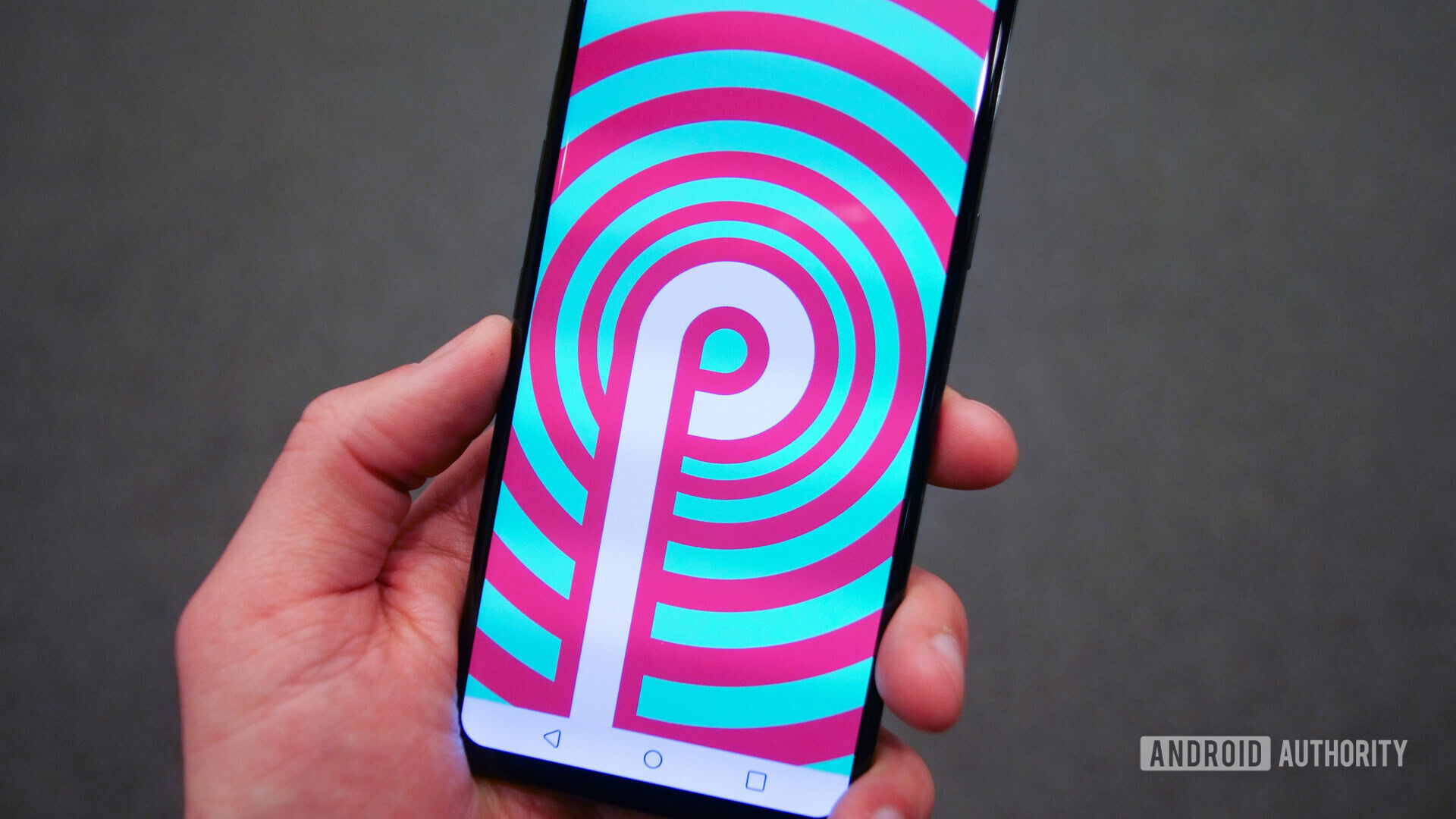
Android updates: we hear of so many, we receive so few. They can be buggy, they can be late, and they can frustrate.
But they seem to be getting faster.
Or at least that’s what’s shown here in the Android Pie edition of our “Which manufacturer updates its phones fastest” series (hit the links for the previous Oreo edition and Nougat edition). Android manufacturers have had plenty of time to adopt Pie — it rolled out back on August 6, 2018 — so we thought it was high time we investigated how they’ve performed.
Some notes:
- This article is based on information found in our Android Pie update tracker: you can find all the relevant links there.
- Updates roll out at different times in different regions for different people: the dates below are estimates.
- We’ve ranked Android manufacturers from best to worst based on our own interpretation of their overall performance — not necessarily who was fastest to update a single device.
- We’ve also favored the U.S. market, though we’ve included OEMs that don’t prioritize that market.
- We haven’t included Google phones because they’re the starting point for Android updates; it’s the fastest OEM by default. If you simply want a phone that’s guaranteed to be updated quickly, get a Pixel.
1. HMD Global (Nokia)
Time to roll out first stable U.S. Pie update: 53 days (September 28, 2018)
HMD Global wasn’t the fastest Android OEM to update a phone to Pie, that honor goes to Essential. However, HMD did roll out the update to the Nokia 8, Nokia 5.1 Plus, Nokia 7.1, Nokia 6.1 Plus, and Nokia 6.1 all before the end of the year. The Nokia 8 Sirocco and Nokia 5, meanwhile, received it before the end of January.
As well as delivering numerous timely updates, and being arguably the best Android OEM at communicating their timelines, HMD also confirmed that all Android-running Nokia phones would be updated to Android Pie in the future — even its first phone, the Nokia 6.
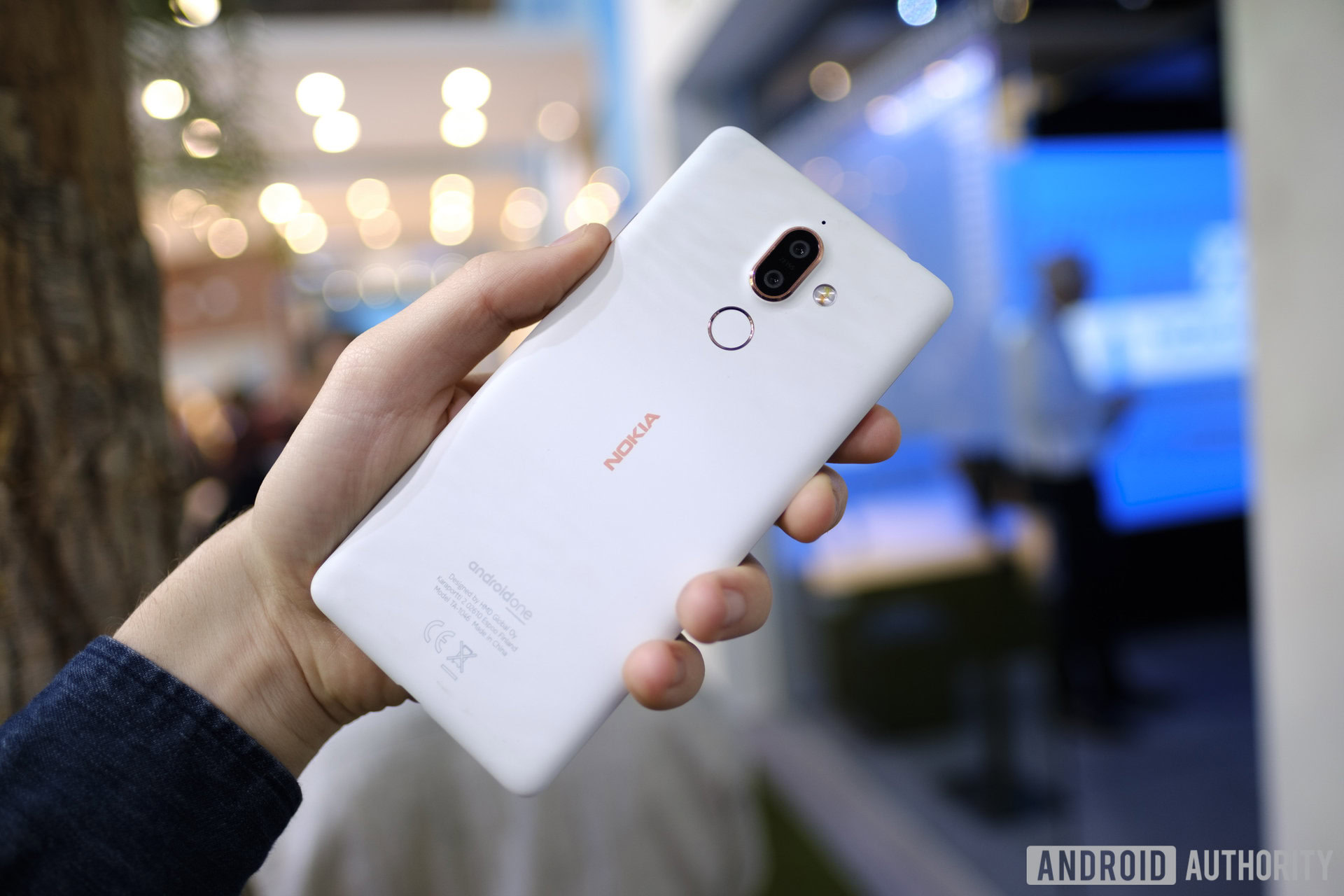
These phones did launch with Nougat or a later OS, so they would be expected to get Pie. Still, it’s a sizeable catalog and there’s really no other company taking as much care with Android updates as HMD Global does.
2. Essential
Time to roll out first stable U.S. Pie update: day one (August 6, 2018)
Essential might not have nailed much since it released its first and only smartphone in 2017, the Essential PH-1 or ‘Essential Phone,’ but it certainly nailed the Android Pie update.
Technically speaking, Essential updated its entire unlocked smartphone catalog to Android Pie mere minutes after the software launched. For some, it even hit the PH-1 before Google’s own Pixel phones.
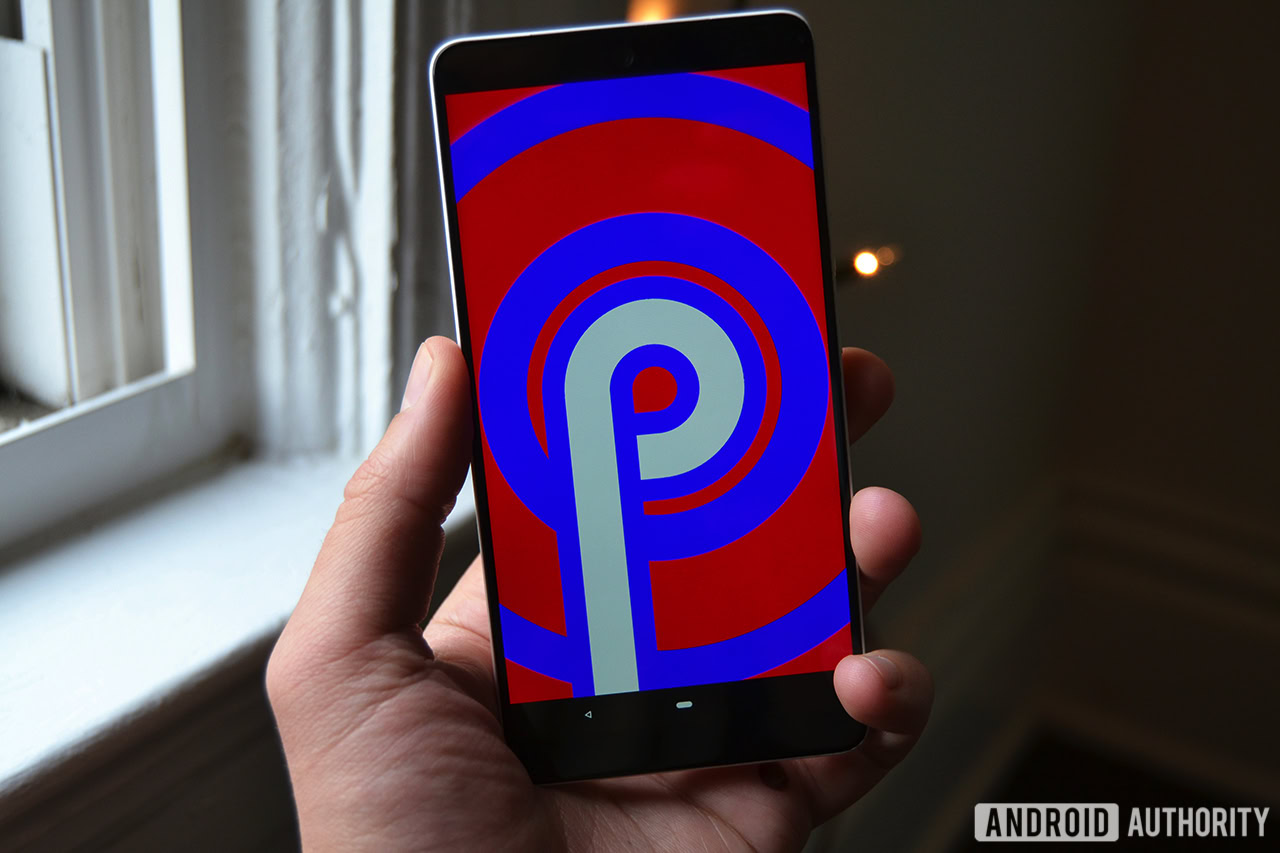
Essential also managed to get Pie running on carrier-branded (Sprint) models only a week later. That’s the kind of update speeds all Android manufacturers should aspire to, though the Essential PH-1’s almost stock Android interface certainly gave it an advantage over other companies with more heavily augmented Android skins.
We debated giving Essential first place, but in the end we felt HMD’s performance across an entire catalogue of smartphones is more impressive.
3. Sony
Time to roll out first stable U.S. Pie update: 67 days (October 12, 2018)
It feels like Sony is in the shadow of many other Android manufacturers when it comes to hardware these days, yet it excels in updates.
The company was comparatively nippy with its first Android Pie update (it took around two months to upgrade the Xperia XZ2 and XZ2 Compact) but it also had at least four major devices updated by November 10, 2018. OnePlus may have been a few weeks faster to start its Pie rollout, but Sony had covered more ground by mid-November, with half a dozen devices updated in that time compared to OnePlus’ one.
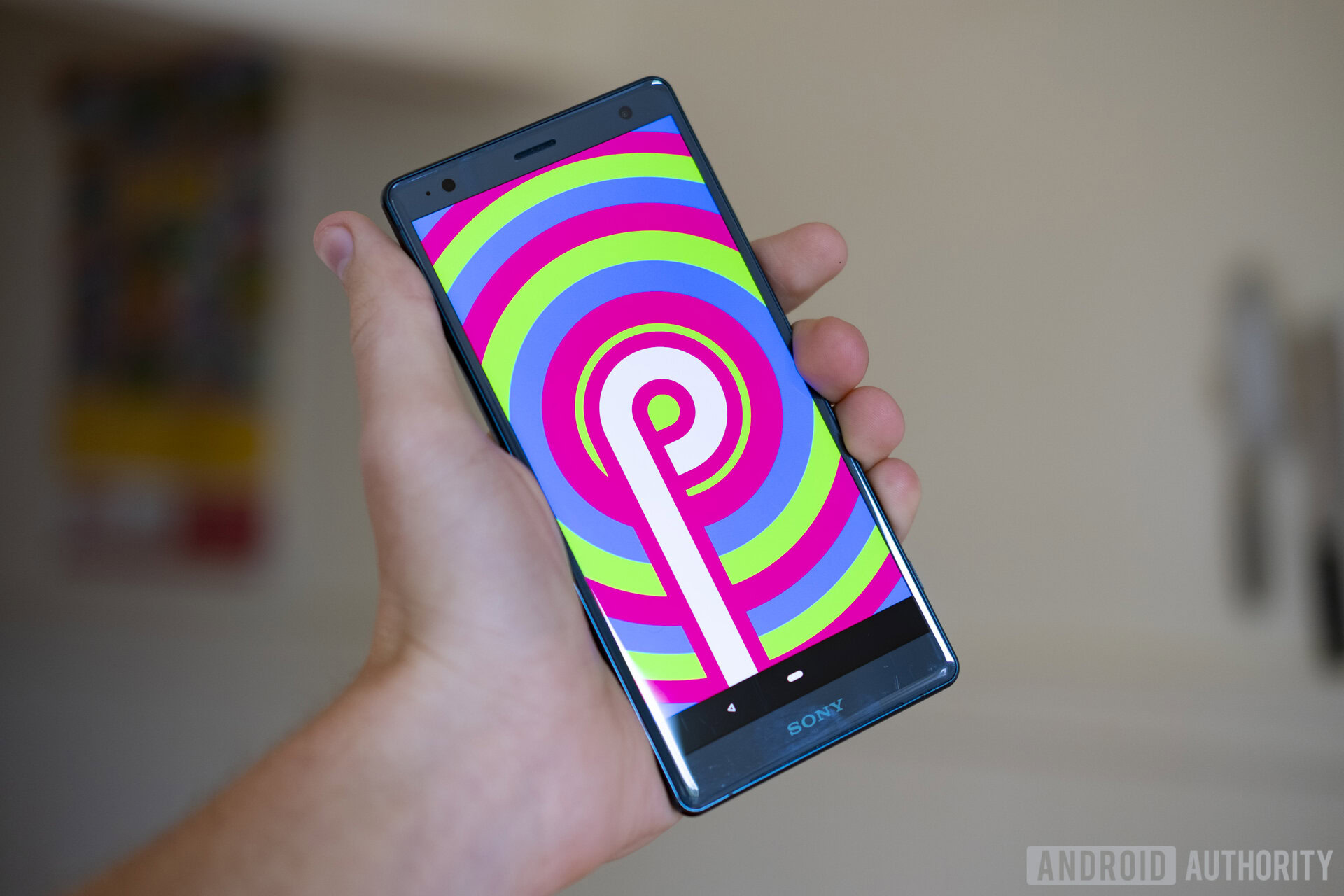
Sony has also been reasonably communicative about its efforts, offering a roadmap last August, and an updated one later in October.
Sony came first in our Oreo update league table, and though it has slipped to third for Pie, it has nonetheless put in a respectable shift.
4. Xiaomi
Time to roll out first stable U.S. Pie update: 71 days (October 16, 2018)
It took Xiaomi a little while to get going, but it put in a strong finish as we left 2018: the Chinese company managed to get the Mi A2, Mi A2 Lite, Mi Mix 2s, Mi 8, Mi 8 Pro, Mi Mix 3, and Pocophone F1 up-and-running with Pie by the end of December.
There had been a bit of an update lull since then, but Xiaomi rolled out Pie for the global variants of the Mi Max 3 and the Mi 8 Lite in March 2019, followed by the Redmi Note 6 Pro in May. These timescales still represent a monumental improvement for Xiaomi. With Oreo, the company didn’t get an update out before the end of the year, with the bulk of its updates landing between January and June 2018.
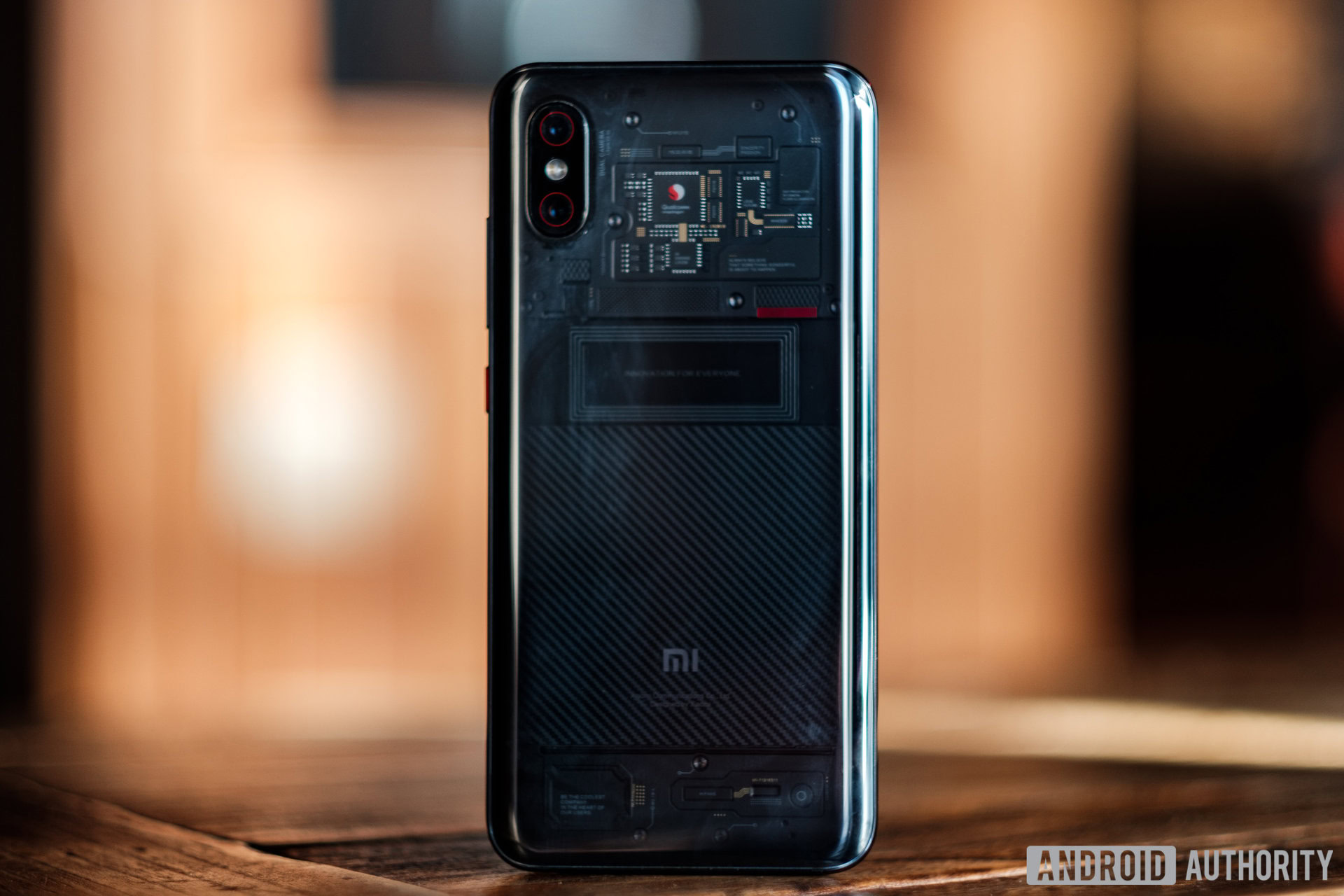
As with Sony, we placed Xiaomi ahead of OnePlus because it had more phones updated before 2019, and was only a few weeks behind with its first. If your concern is only about the first update to the latest flagship, consider OnePlus as arriving in third place.
Regardless of the competition, Xiaomi displayed a marked improvement this year compared to those previous. Based on the Pie rollout, we view it as one of the top five fastest Android OEMs for updates.
5. OnePlus
Time to roll out first stable U.S. Pie update: 46 days (September 21, 2018)
OnePlus will have pleased OnePlus 6 (then its main device) fans with the second-fastest Pie rollout on the list, though it would need another three months to update its OnePlus 5 and 5T with the stable Android Pie update on December 25.
Updating first- and second-tier devices to a new Android version ahead of the new year would have been rare for Android OEMs even just a couple of years ago, so we hope OnePlus and the other manufacturers listed above are setting a trend.
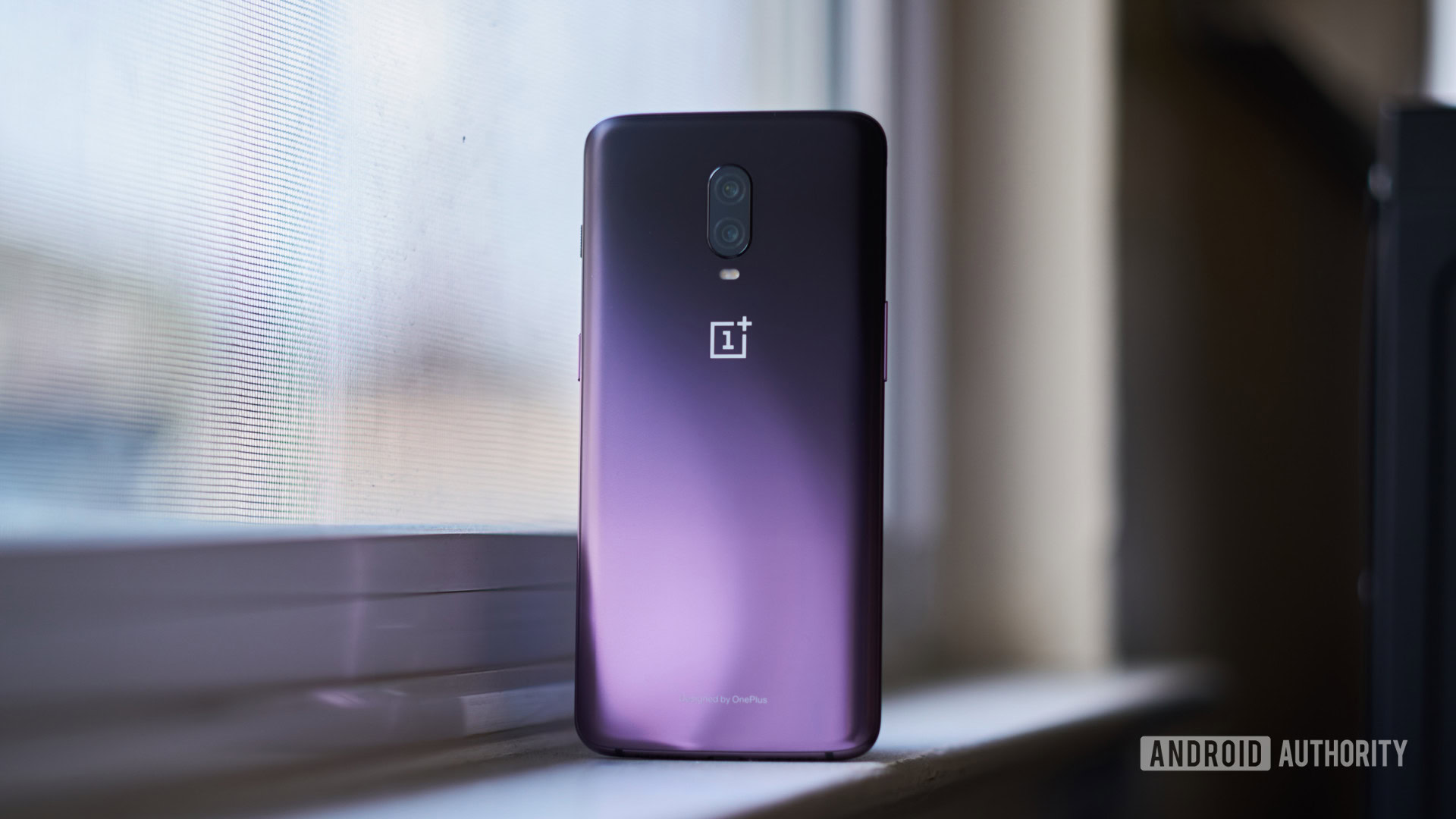
Meanwhile, the OnePlus 3 and 3T disappointingly missed out on Android 8.1 Oreo — they’re still on 8.0 — but it looks like they’ll receive Pie soon, with the second Android Pie community beta rolling out recently.
As a side-note, Sony, HMD and OnePlus all occupied the first second and third places (respectively) in our Oreo update league — only Essential’s lightning-fast turnaround and Xiaomi’s back-catalog diligence has moved OnePlus down this time around.
6. Samsung
Time to roll out first stable U.S. Pie update: 140 days (December 24, 2018)
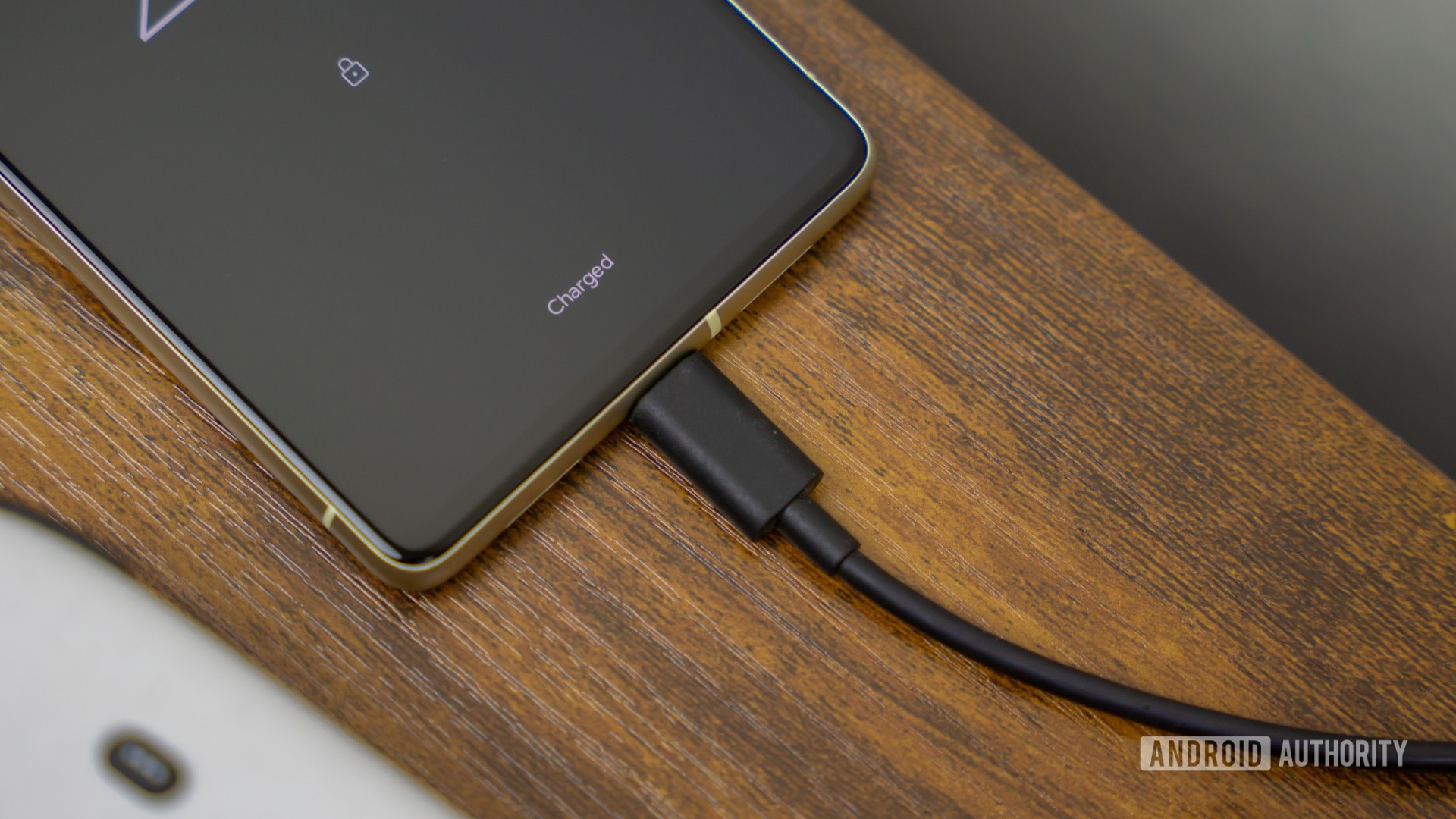
Up until now (and excluding Essential) the manufacturers occupying places two-through-five were closely matched in their update performance, but here we start to see the gap widen. Samsung didn’t get the update out until late December: four and a half months after Android Pie first landed.
This makes the Korean giant the last major OEM outside of Razer, OPPO, and vivo to roll the update out, despite being the largest Android phone maker in the world. However, its performance thereafter helped it climb to sixth place overall.
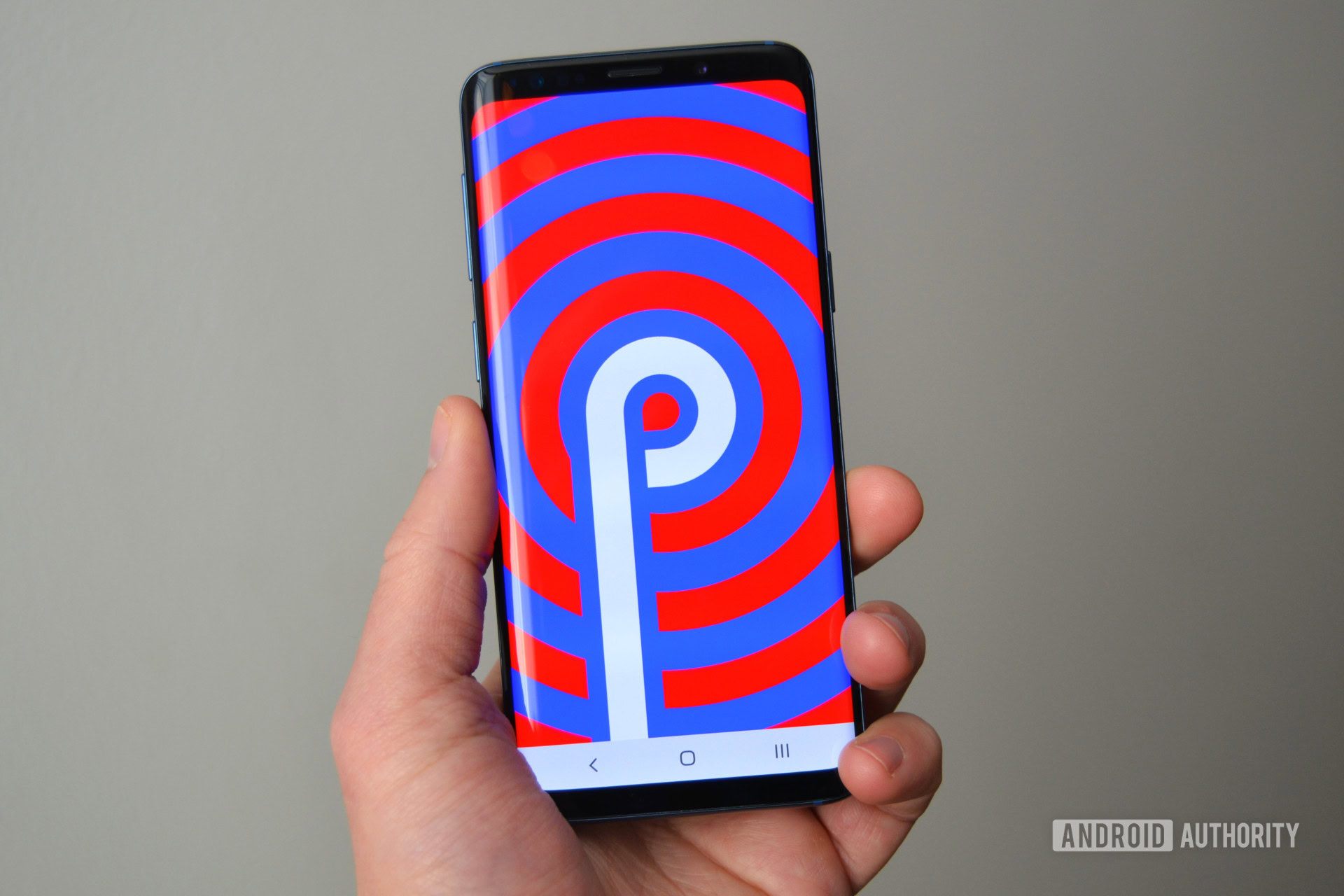
Samsung delivered Pie to the Galaxy S9 and S9 Plus first, before trickling out updates to major flagships like the Note 9 and Note 8 between January and March. The Galaxy S8 Pie update is also currently making its way across the globe. Samsung has continued to roll out the Pie update to its mid-range smartphones like the Galaxy J6 and J8. May also saw the official release of Android Pie for the Galaxy Tab S4.
Samsung has never been fast when it comes to updates and there are still millions of Galaxy smartphone owners waiting for Pie. Yet, a March timeline for its second-tier flagships (the Galaxy S8 series) isn’t bad going compared to Samsung in previous years: the unlocked Galaxy S7 in the U.S. didn’t get its first major update, Nougat, until more than 250 days after the software landed.
7. HUAWEI / HONOR
Time to roll out first stable U.S. Pie update: 164 days (January 17, 2019)
Huawei‘s updates are a little murky, as they can be announced in China months before they arrive elsewhere. Despite a global announcement on December 18, it seems HUAWEI didn’t get its first Pie update out in the U.S. until January with the HONOR View 10.
But it isn’t all bad for the Chinese conglomerate. Considering it could barely scrape together its updates a couple of years ago, a handful of flagship upgrades from January to March helped it secure a mid-table finish.
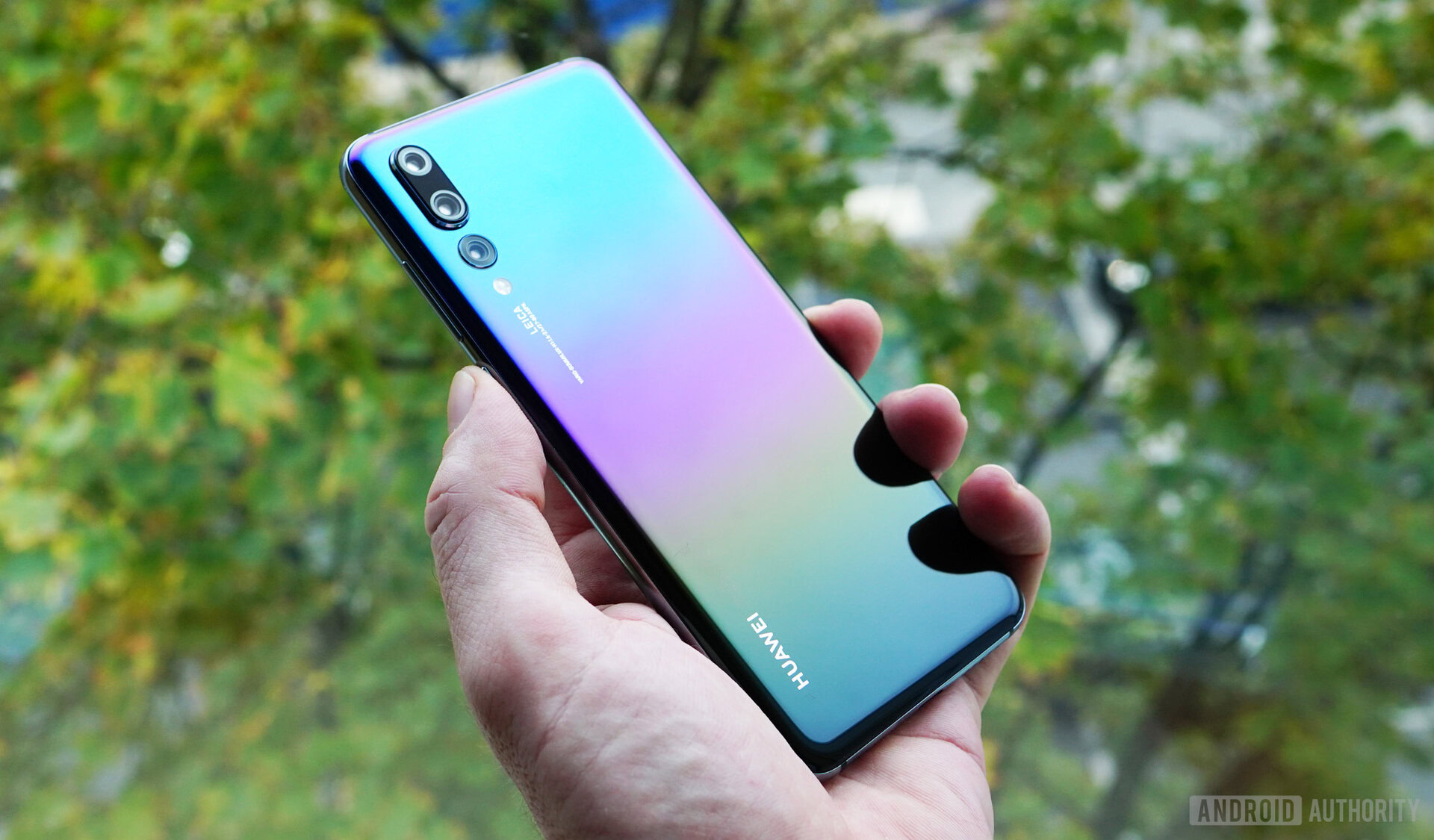
8. Lenovo/ Motorola
Time to roll out first stable U.S. Pie update: 114 days (November 28, 2018)
Lenovo / Motorola has a large catalog but it still only managed to get a couple of updates out before the new year. The Android One-based Motorola One was expected to get an early-ish update, which still took until November, while the Moto X4 update came in mid-December.
These have been followed by the Moto Z3 and Moto Z3 Play updates in January and February respectively. Motorola isn’t comatose, it just hasn’t been as speedy as some of the other OEMs who’ve really turned up the heat.
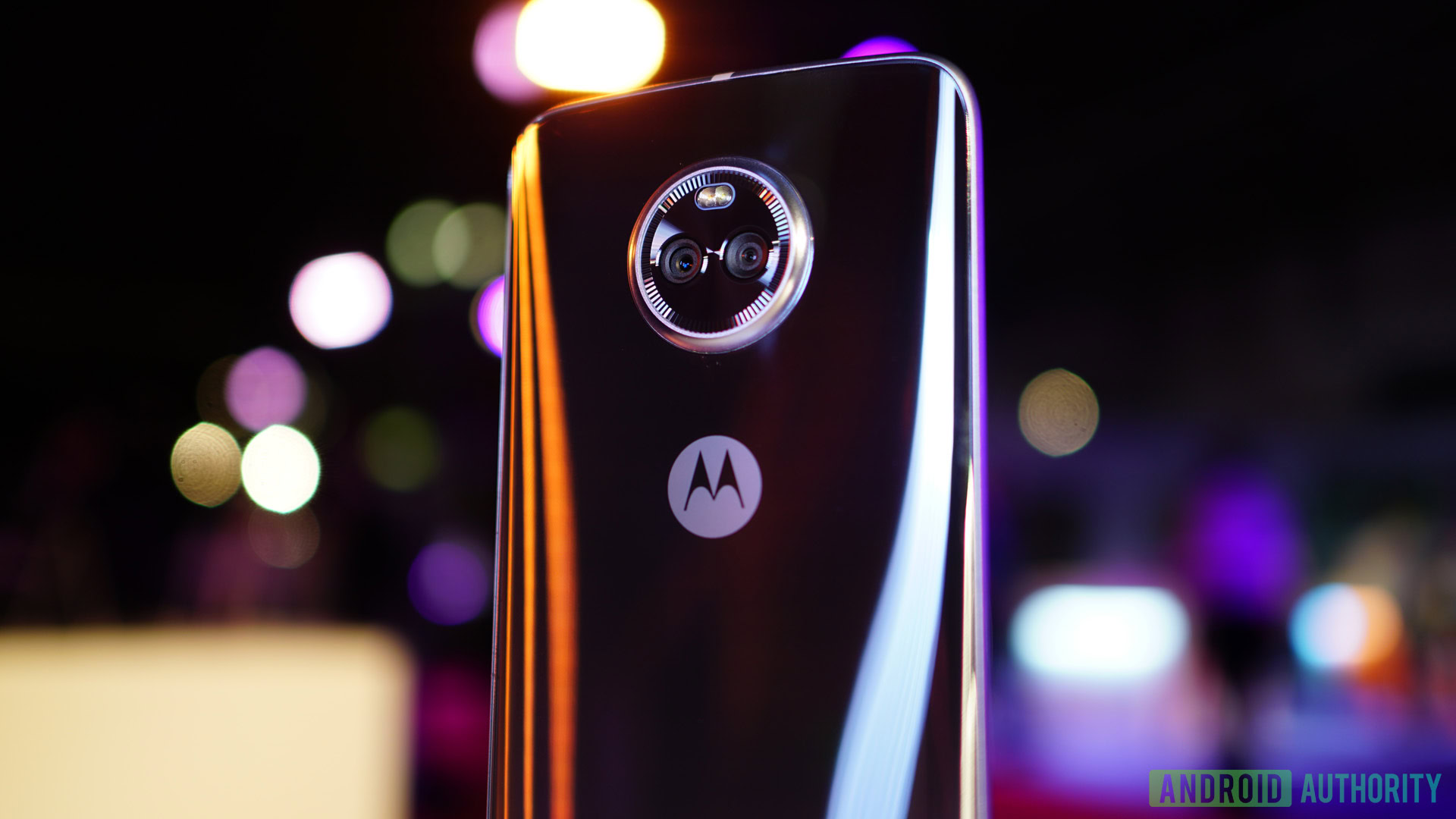
What does make this period particularly disappointing for Motorola, though, is how far it has fallen in update speeds in the last couple of years. Motorola topped our Nougat league table.
9. ASUS
Time to roll out first stable U.S. Pie update: 134 days (December 18, 2018)
ASUS made the Zenfone 5 update available on its website on December 18, but it didn’t roll out the OTA until January 3, just missing 2018. It followed with the Zenfone 5Z on January 30.
ASUS also kicked off the Android Pie beta program for the Zenfone Max Pro M2 in January and provided a Pie roadmap in February. That’s two major Pie updates since it launched on August 6, and little else, for ASUS.
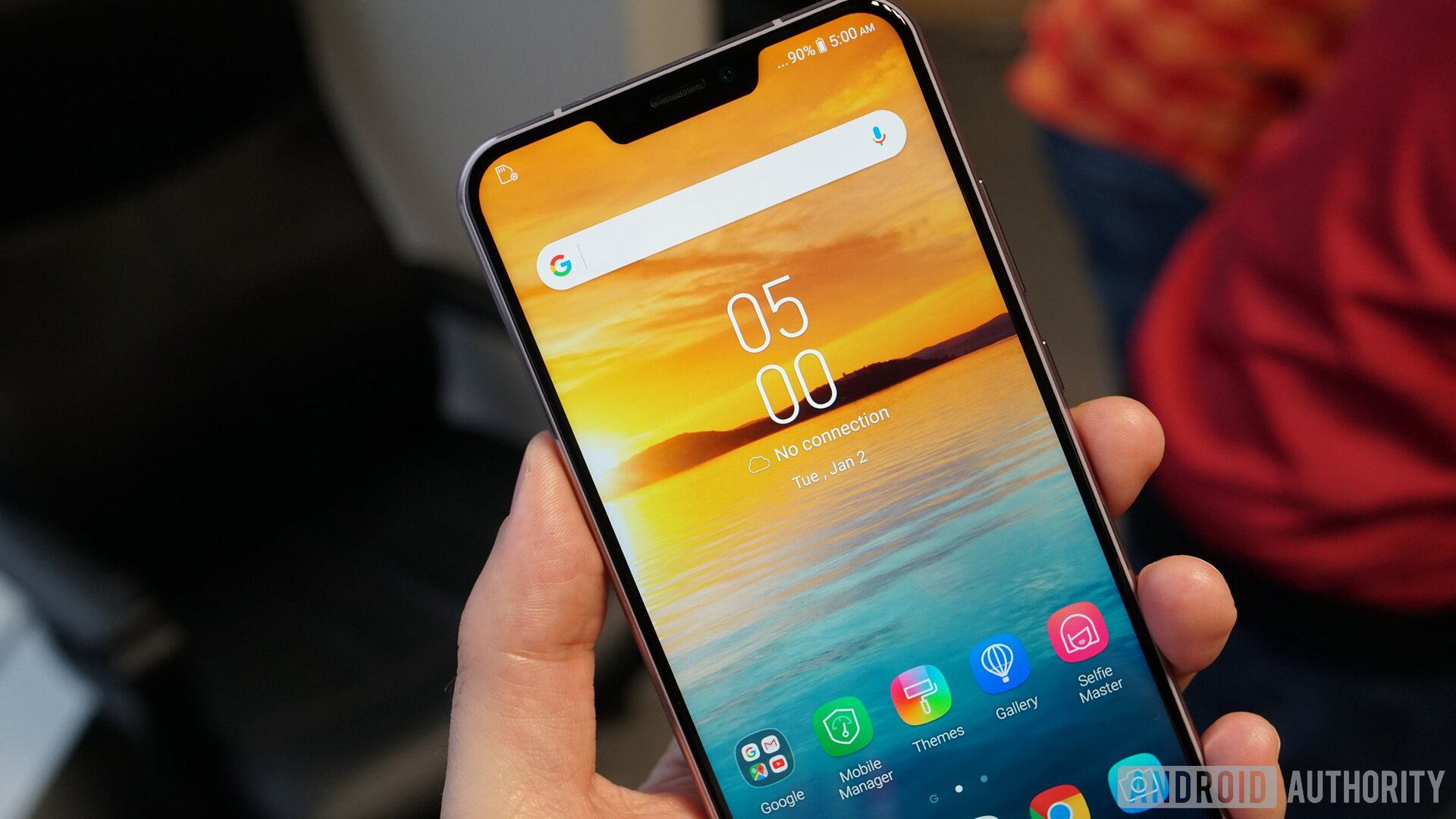
10. LG
Time to roll out first stable U.S. Pie update: 102 days (November 16, 2018)
LG beat Samsung and HUAWEI in the U.S. with an early Pie update to the LG G7 One in just over 100 days. LG would perhaps be higher up in the charts if this wasn’t the only LG device to get Pie we’d come across.
LG said the update would hit global G7 ThinQ devices by the end of Q1 (March) at the latest, and offered a roadmap featuring many handsets and stretching all the way to the end of 2019. However, that seems to be going nowhere for now, with the only device to get Pie so far being the V35 ThinQ, and only in South Korea.
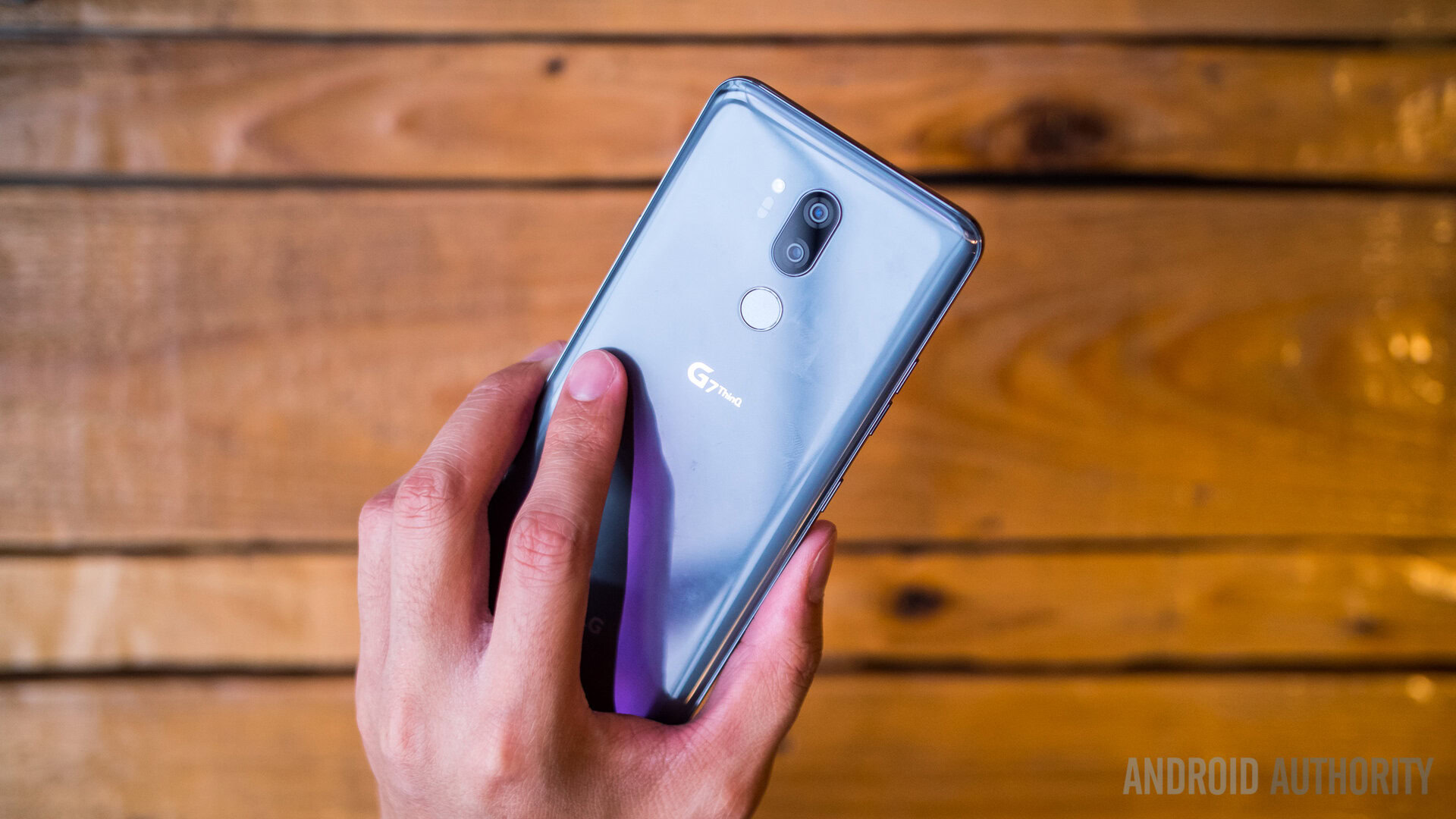
That’s one update and a roadmap from the company who, in April 2018, opened a physical Update Center dedicated to “developing and delivering regular OS updates for LG smartphones.” So much for that.
11. HTC
Time to roll out first stable U.S. Pie update: 115 days (November 29, 2018)
HTC‘s situation is looking poor from all angles as far as Android is concerned. It delivered Android Pie for the Android One variant of the U11 Life on November 29, but no other Pie updates have followed since.
HTC said more Pie updates are on the way in Q2, and finally revealed a roadmap a few days ago for the U11, U12, and U11 Plus. With the rollout planned through till the end of June, HTCowners still have to wait a while though.
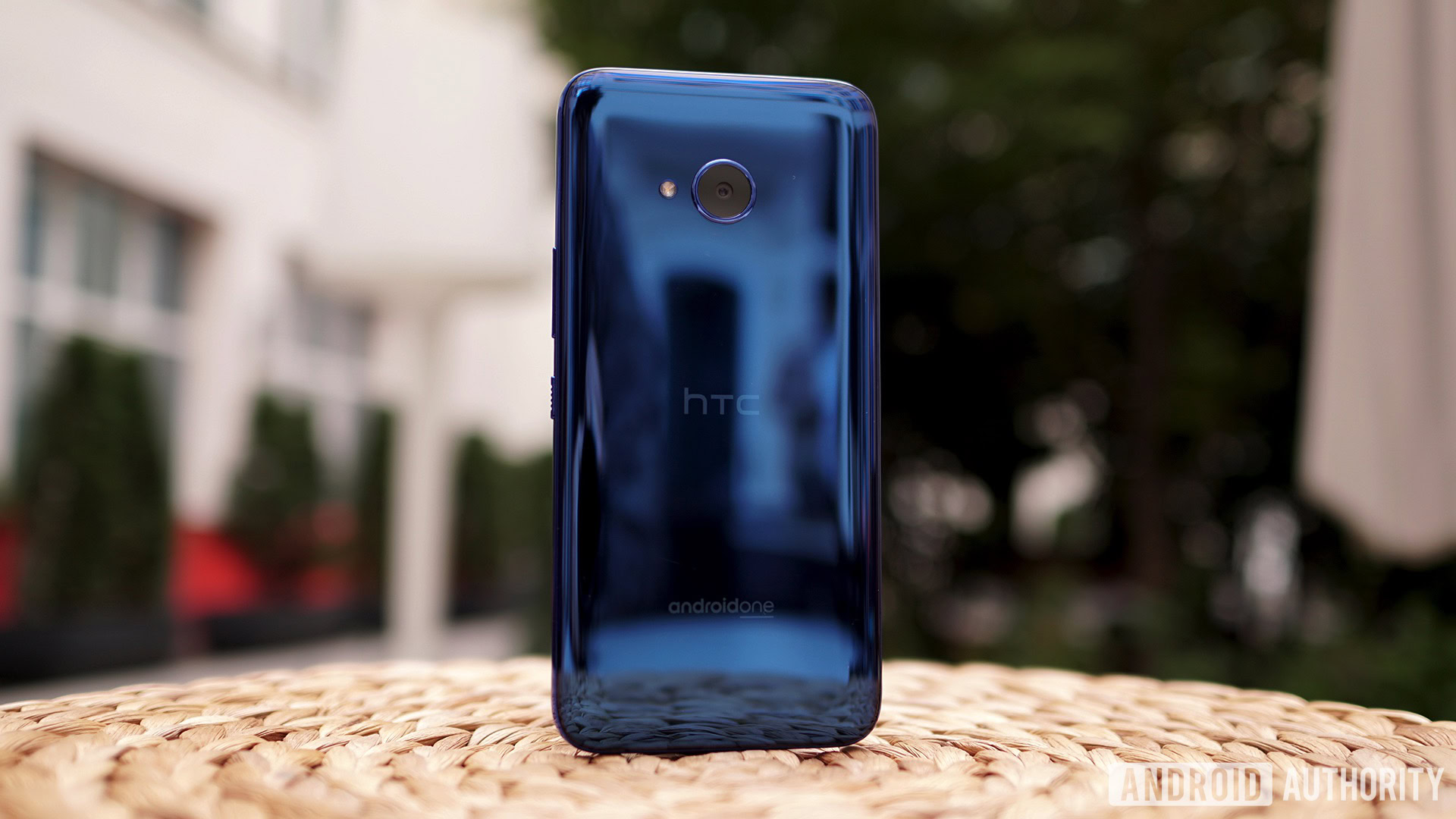
12. Razer
Time to roll out first stable U.S. Pie update: 205 days (February 27, 2019)
Razer has only two phones eligible for the Pie update but it did a poor job of delivering it. Razer finished last on our Oreo update speed league table and, were it not for the inclusion of OPPO and vivo this time, it would have finished last again.
It took 205 days to release Pie for the Razer Phone 2, and it’s not clear if the Oreo-running original Razer Phone will even get the upgrade. Razer may not be working on a third Razer phone, and recently laid off mobile division staff, so a lack of focus on current mobile projects isn’t at all surprising.
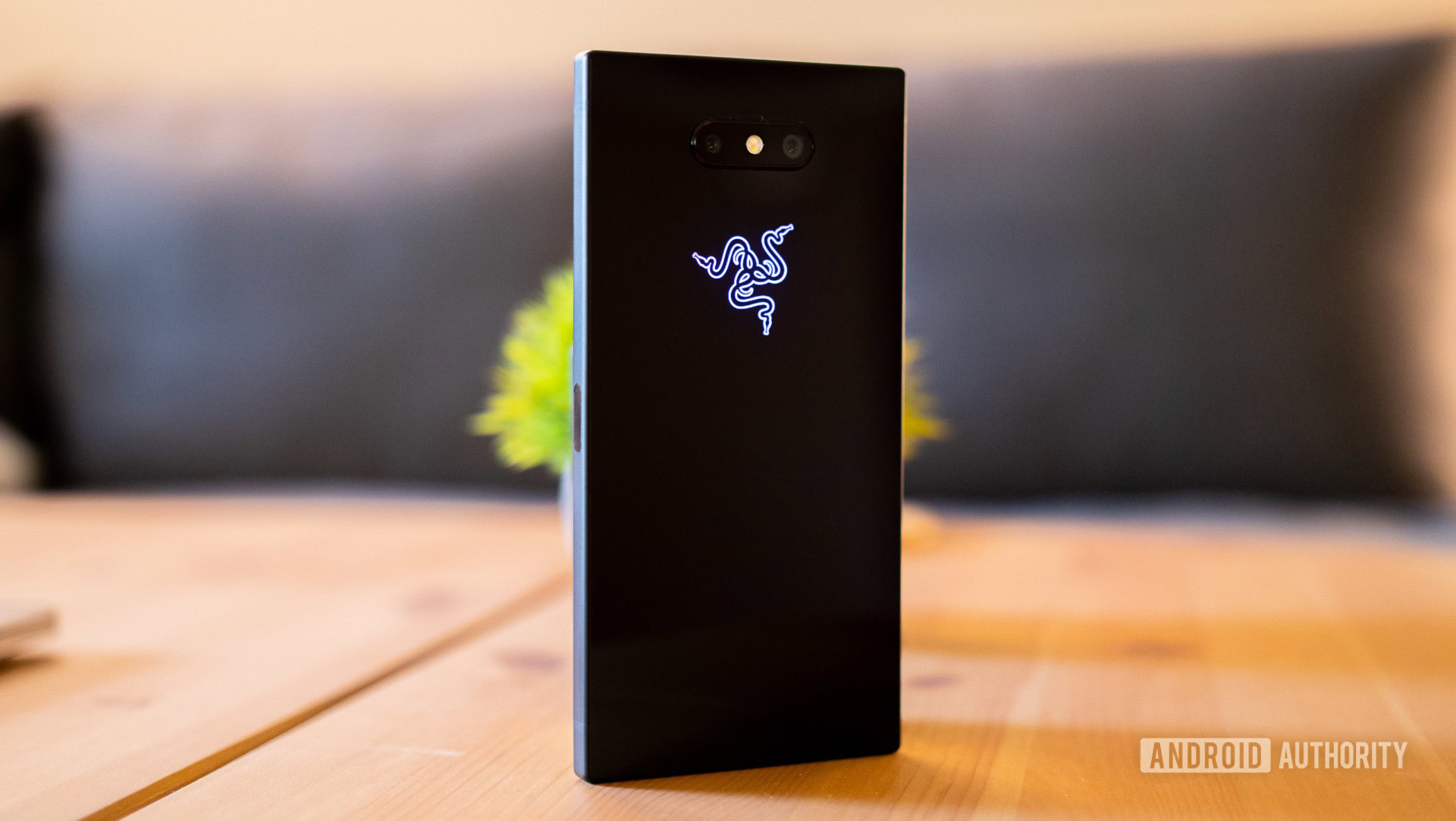
13. OPPO and vivo (tied)
Time to roll out first stable U.S. Pie update: TBA
Neither Oppo nor Vivo have rolled out a stable Android Pie update in Western markets to our knowledge. It’s disappointing, particularly as OPPO regularly finds itself in the top five global smartphone manufacturers based on its shipments. That said, the U.S. market isn’t a particular focus for either of these companies, so perhaps it’s to be expected. Even then, it took till the end of April 2019 for the vivo V11 Pro to get the Pie update in India.
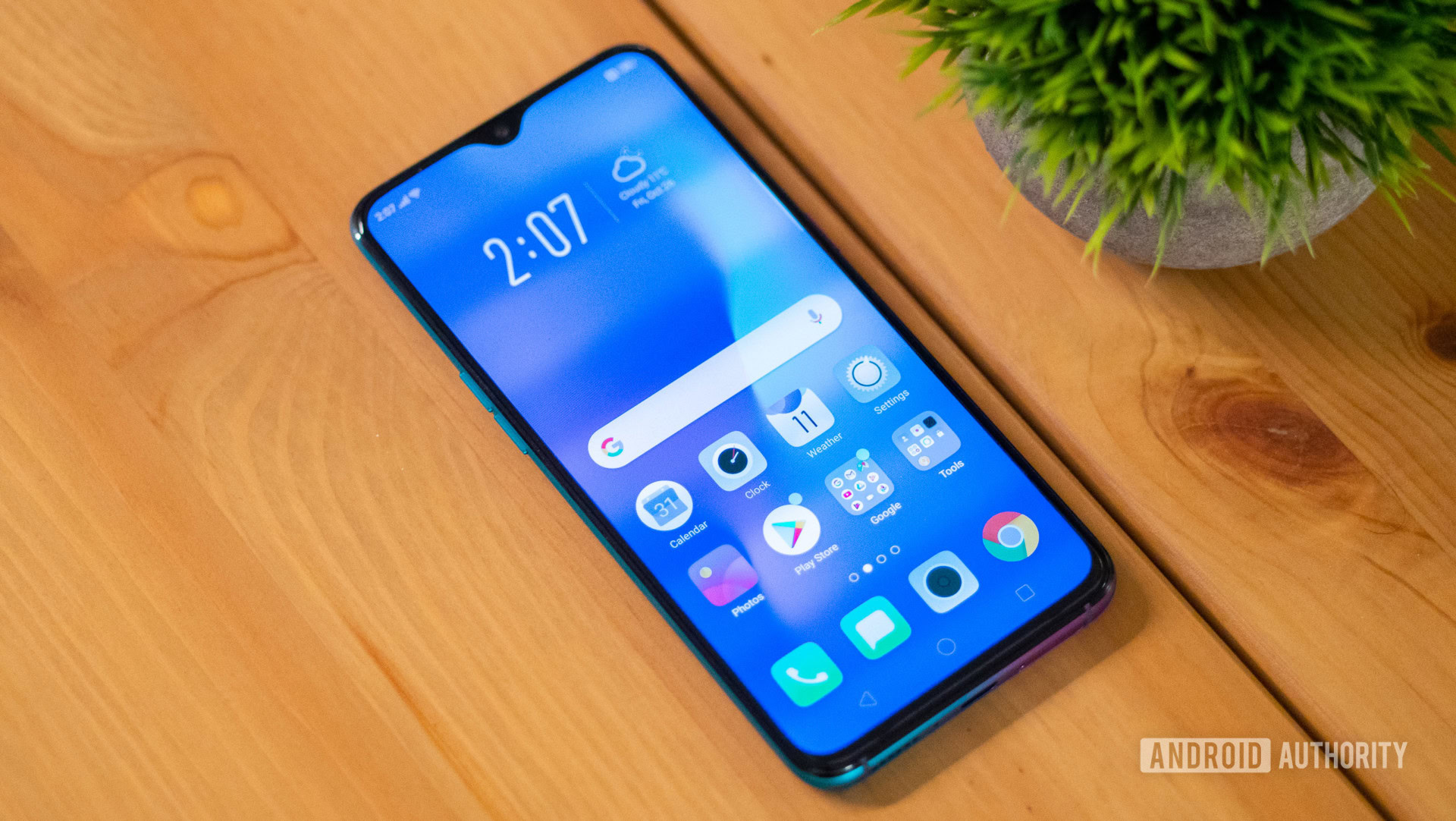
Wrap up
Overall, Android update speeds seem to be improving. Four manufacturers on our Oreo list took more than 200 days to update a single device. With Pie, only Razer took longer to roll out those updates (outside of OPPO and vivo, slow-coaches that we didn’t even include in the Oreo table).
What’s more, those delivering quick updates are doing so faster than ever before — and for more handsets. This represents a significant improvement for Android, something we hope continues through to Android Q.
There does seem to be a greater divide between the good and the bad with Pie than previous Android updates, but given that the best OEMs have gotten better, let’s just say the worst are still to catch up, rather than are deteriorating further.
Which manufacturer do you think has performed best with the Android Pie updates so far? Give us your thoughts in the comments.